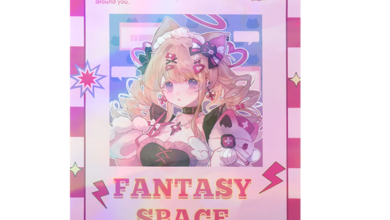Gdp Deleted Scene

The GDP deleted scene presents a critical lens on economic inequality, shedding light on the narrative choices filmmakers make. Its absence raises questions about the portrayal of wealth distribution and character depth. This scene could have enhanced emotional resonance, compelling audiences to confront harsh realities. The implications of its removal warrant further examination. What might have been lost in the broader context of the film's message?
Context of the GDP Deleted Scene
The GDP Deleted Scene emerges as a significant artifact within the broader narrative landscape, illustrating the complexities of economic representation in film.
Its omission speaks volumes about the selective nature of storytelling, highlighting the tension between economic realities and cinematic narrative significance.
Themes Explored in the Scene
Economic disparity emerges as a central theme within the GDP Deleted Scene, reflecting the often-overlooked nuances of wealth distribution.
Through its hidden meanings, the narrative unveils emotional depth, illustrating how financial inequality shapes human experiences.
This thematic resonance enhances narrative cohesion, urging viewers to confront the uncomfortable realities of society.
Ultimately, the scene serves as a poignant reminder of the freedoms that wealth can either afford or restrict.
Impact on Character Development
Frequently, character development in narratives hinges on the interplay of external circumstances and internal motivations, which is vividly illustrated in the GDP Deleted Scene.
This scene enriches character arcs, revealing profound emotional depth that fosters empathy. Through nuanced interactions and pivotal choices, characters evolve, reflecting the struggles for autonomy and self-discovery.
Such exploration invites audiences to connect deeply with their journeys toward freedom and fulfillment.
Fan Reactions and Speculations
How do fans respond when a beloved narrative reveals hidden layers through deleted scenes? They delve into fan theories, dissecting character motivations that may have been overlooked.
Such revelations often ignite discussions, allowing audiences to explore alternative interpretations and deepen their connection to the story. This engagement not only fosters a sense of community but also underscores the complexities of storytelling in contemporary narratives.
The Creative Process Behind the Cut
Although the decision to cut scenes from a narrative often appears straightforward, it is a complex interplay of artistic vision, pacing, and audience engagement.
Creative decisions must enhance narrative flow, ensuring that each moment resonates meaningfully. Cuts often emerge from a desire to maintain momentum, allowing the story to breathe while inviting the audience to engage deeply with the remaining content, ultimately enhancing their experience.
Conclusion
In conclusion, the omitted GDP deleted scene serves as a poignant reminder of the societal implications of economic disparity, urging audiences to reflect on their own realities. For instance, consider the case of a family struggling to make ends meet while witnessing their community thrive; this juxtaposition fosters empathy and compels viewers to confront uncomfortable truths about wealth distribution. By integrating such narratives, filmmakers not only enhance character depth but also challenge audiences to engage in meaningful discourse on financial inequality.




